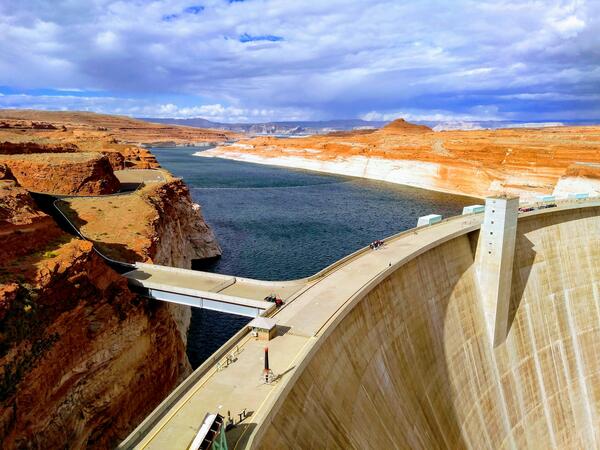ASU helps rural communities tackle local water problems
In March, Saiter was one of 26 La Paz County residents who joined water experts and facilitators for a two-day Rural Groundwater Resilience Workshop. The workshop was led by Impact Water - Arizona, part of the Arizona Water Innovation Initiative at Arizona State University.
The event was the second of several planned workshops around the state. In them, residents and community leaders work with science and policy experts to discuss their concerns and priorities and come up with strategies that work for their individual communities.

Water Sector Gathers In Denver For AWWA's ACE25 To Elevate Future Of Water
During today’s Opening General Session, keynote speaker Kathryn Sorensen, director of research at the Kyl Center for Water Policy at Arizona State University and former director of Phoenix Water Services and Mesa Water Resources, addressed attendees. Her remarks focused on the complexities of water service delivery and the unwavering dedication of water professionals who continually rise to meet the sector’s challenges.
“Working through chaos is not new,” Sorensen said. “Our duties, our jobs, our responsibilities do not change in times of unrest and uncertainty. If anything, we step up to the plate and do more, because water is that important. Be constant.”
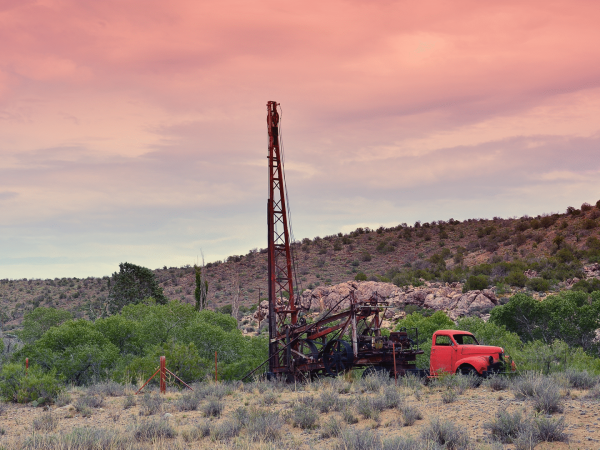
Understanding Groundwater Risks in the Southwest with Jay Famiglietti
Jay Famiglietti, a longtime contributor to Ten Across, specializes in the use of satellite data to monitor the world’s groundwater mass. His team’s new findings focus on the U.S. Southwest—a region at the forefront of the nation’s water supply challenges and the complex balances between resource limitations and economic growth.
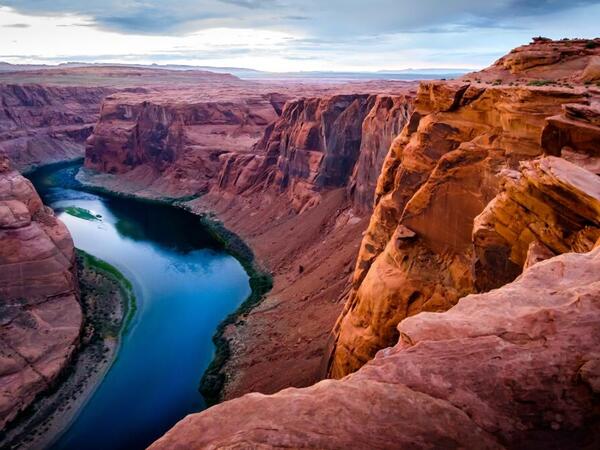
How will Arizona deal with Colorado River shortages? Cities need a 'Plan B,' expert says
Kathryn Sorensen likes to compare the options for finding water rights in central Arizona with shopping for clothes. Some options, such as tearing out turf, are like thrifting: cheap but a little picked over. Others, like desalination, are like buying a tiny designer handbag, expensive and ultimately limited in its capacity. And then there are other options, which might involve buying or borrowing other people’s clothes, and those options involve politics.
Sorensen, director of Arizona State University’s Kyl Center for Water Policy, spoke June 5 to an audience of water managers, scientists and tribal leaders at the 45th annual Colorado Law Conference on Natural Resources in Boulder, Colorado.
It's not just big alfalfa farms. La Paz residents fear groundwater grab by big cities
Some residents have become engaged in water talks and participated in a two-day workshop organized by ASU's Arizona Water Innovation Initiative. The program, called Impact Water-Arizona, also led to workshops in Cochise County two years ago to assist with scenario planning for their water issues. After that, locals created the Sulphur Springs Water Alliance. The workshop wasn't meant to draw a direct path to action then and there, but it helps build "a strong foundation for advocacy," said program director Susan Craig.
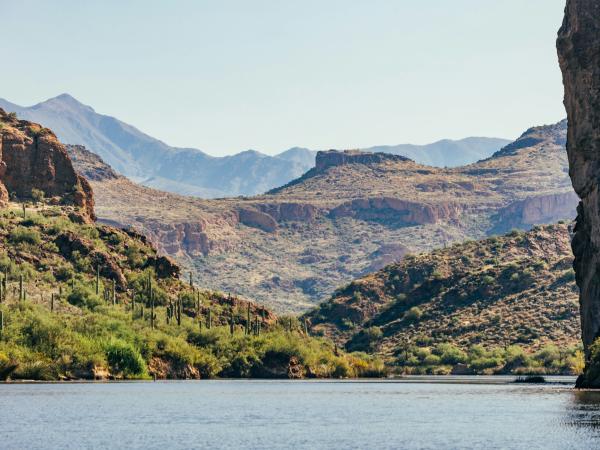
Colorado River’s hidden, below-ground reservoir is quickly shrinking, researchers say
“We know groundwater depletion is happening. We’ve known it for a long time,” said James Famiglietti, global futures professor at Arizona State University and lead author on the recent study. “The part that surprised me is the changes that happened over the last 10 years.”
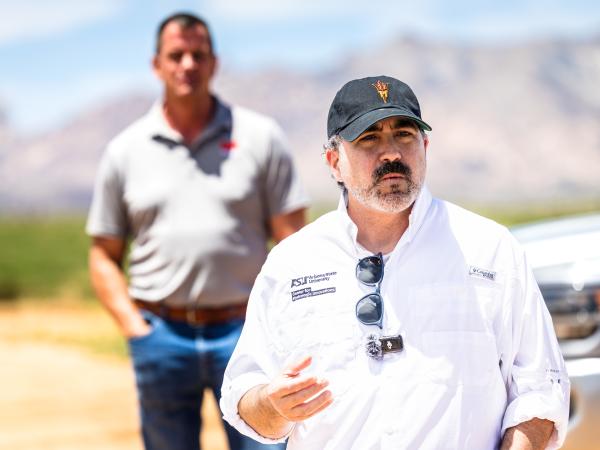
New algae system helps Arizona farmers grow better crops with less water
“This is a carbon story and a water story because atmospheric carbon is being converted into food, using water as the medium,” said Enrique Vivoni, Fulton Professor of Hydrosystems Engineering in the School of Sustainable Engineering and the Built Environment and the director of the Center for Hydrologic Innovations. “Our goal is between 7% to 15% water savings to demonstrate the water efficiency gains from better soil health.”

Urgent warning as 'lifeblood of the western US' is rapidly vanishing... putting millions at risk
The groundwater loss is driven largely by over-pumping in the Lower Colorado River Basin, particularly in Arizona, Nevada, and California where regulation is minimal or nonexistent.
Professor Jay Famiglietti, the study's senior from Arizona State University, said: 'Everyone in the US should be worried about it, because we grow a lot of food in the Colorado River Basin and that's food that's used all over the entire country.'
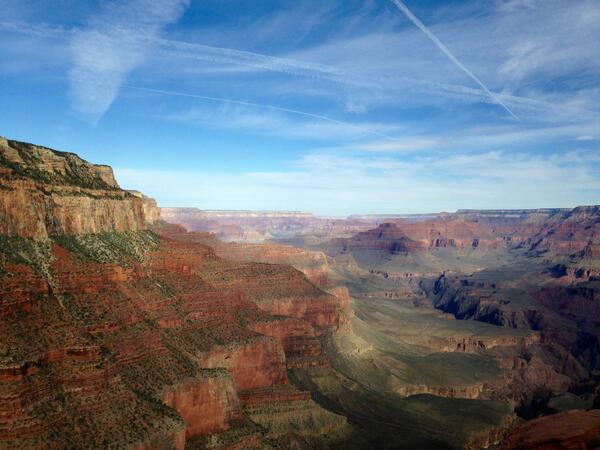
New study shows huge groundwater losses along Colorado River
Kathleen Ferris, an architect of Arizona’s groundwater laws, said much more work is needed to protect groundwater.
“We are not on track,” said Ferris, who was not involved in the study. “We are way behind the eight ball, and I'm really sad that nothing seems to get done. We should have been thinking about this issue 25 years ago.”
Ferris is now a senior research fellow at Arizona State University’s Kyl Center for Water Policy.
